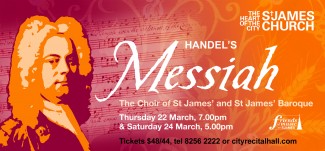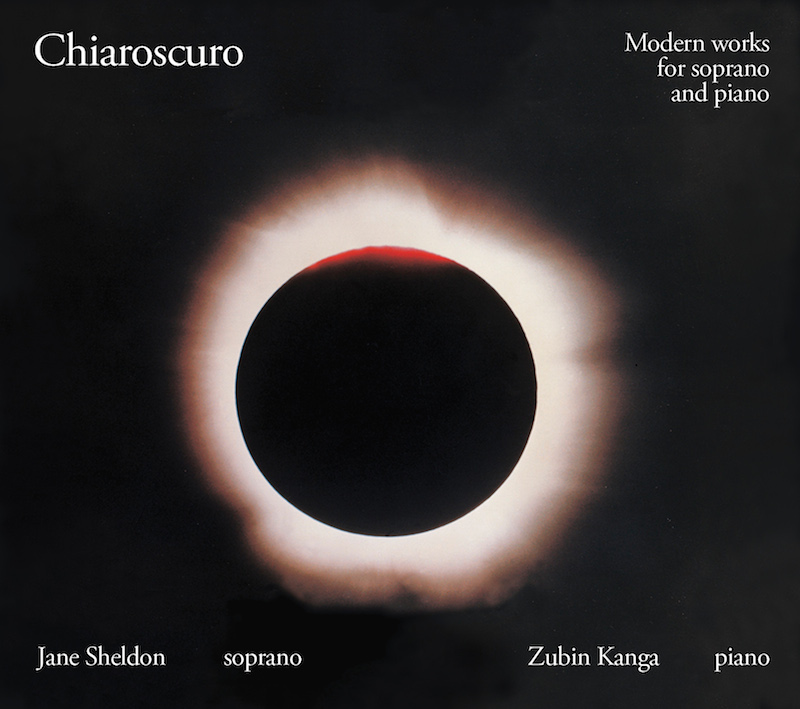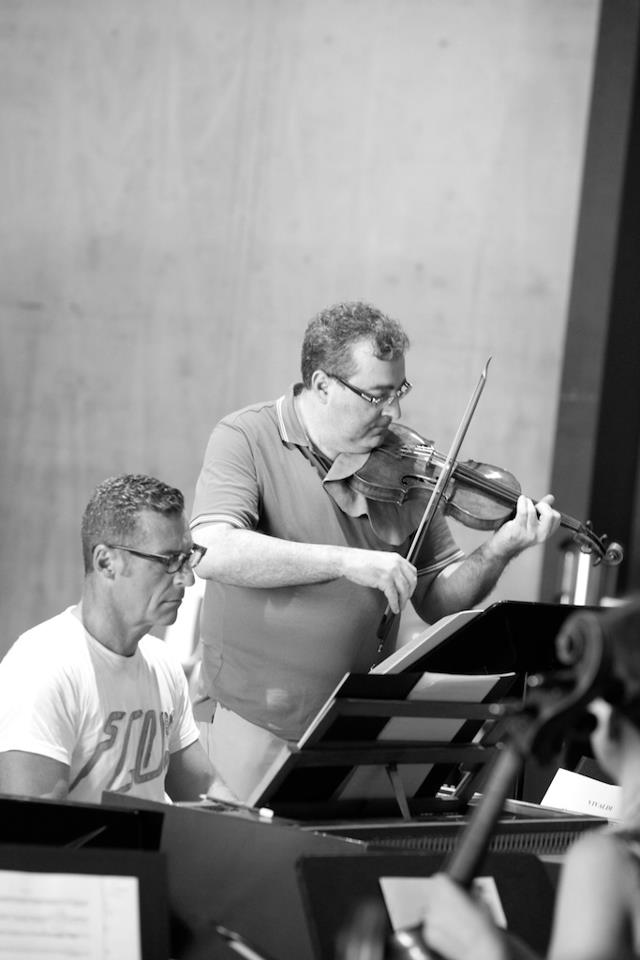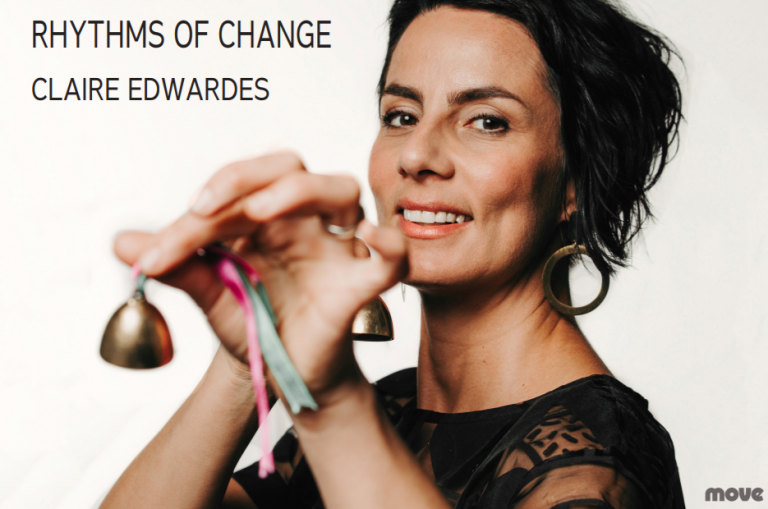Concert Review: Lixsania And The Labyrinth/ Australian Brandenburg Orchestra/ Lixsania Fernandez
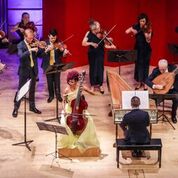
Lixsania and the Labyrinth
Lixsania Fernandez, Australian Brandenburg Orchestra
City Recital Hall
31, October 2018
The Australian Brandenburg Orchestra is ever creative in its recruitment of solo musicians from around the world who bring with them a treasure trove of on unusual instruments. Courtesy of the ABO, Sydney fans have been thrilled by Israel’s Avi Avital on the mandolin, Maurice Steger from Switzerland on the recorder, Kristian Bezuidenhout on the fortepiano, Xavier de Maistre on the harp and the extraordinary voices of counter-tenor Phillippe Jaroussky and soprano Simone Kermes.
Opening in Sydney last night, the current concert series presents Lixsania Fernandez, Cuban born viola da gamba player extraordinaire, who took to the stage with 15 members of the Australian Brandenburg Orchestra led by Artistic Director Paul Dyer AO.
Theatricality is a hallmark of the ABOs productions and for this curtain-raiser, the soloist Lixsania, glided to the spotlight alone, settled her exquisite instrument and drew her bow over its 6 strings and fretted fingerboard, announcing the 15th century theme of La Folia composed into a pastiche by Corelli, Scarlatti, Marais and Vivaldi. The history of the folia predates even the earliest surviving musical sources. Known throughout Western Europe, it was as much a theme as a musical framework used during the Baroque period for songs, dances and sets of variations. More instruments were layered over Lixsania’s opening statement, first the harpsichord, then the violins, taking over the theme, section by section, building to the full ensemble which created a beautifully complex blend of sound. In deference to the fragility of the gamba’s voice, the stage of the City Recital Hall had been reduced with folding screens behind the players, projecting the sound forward, allowing the gamba to emerge from the ensemble.
Shaun Lee-Chen, Concertmaster of the ABO, performed the fiendishly difficult Violin Concerto in D major, Il Laberinto Armonico opus 3 no 12 by Locatelli. Locatelli was an audacious innovator whose ideas knew no bounds. He went where no violinist had ventured before, exploring the very top register of the instrument with left hand extension reaching double figure positions, compound stops, polyphonic passages, trills and double trills. This showpiece requires considerable stamina, focus, memory and differing athleticism of both arms. Lee-Chen’s approach was dynamic and the spirited choice of tempo propelled the high-octane performance which was at times beset by tuning issues.
The indefatiguable Lee-Chen returned with Associate Concertmaster Matt Bruce and Lixsania for Vivaldi’s Concerto for 2 violins and viola da gamba from L’estro armonico opus 3 no 2 RV 578. The players launched a throbbing ostinato, keeping a sensitive balance between the concertante and ripieno sections, an exuberant tempo and a great empathy between the soloists, especially the contrasting and concurring phrasing and dynamics of the “twin” violins.
Johann Gottleib Graun is a somewhat underappreciated composer of the 18th century who was held in sufficient esteem for J S Bach to engage him to teach his eldest son Wilhelm Friedemann and who in 1728 performed at the Prussian court in Berlin, in the presence of Pietro Locatelli. It was an Australian premiere for Graun’s Concerto for viola da gamba in G major, an elegant piece given an engaging performance with a well-matched concertante group of soloist, two violins, viola, theorbo and cello. Lixsania delivered a mesmerisingly beautiful second movement embellished with a cadenza, closing with an infectiously vibrant third movement also boasting a dramatic cadenza.
The Sinfonia for strings in B minor, Al Santo Sepulcro RV 169 by Vivaldi was a complete contrast in mood. As its title suggests, it is a piece of mourning, which the ensemble began with ‘barely there’ dynamics, broadening into edgy chromatic harmonies. The second of the two movements, Allegro ma poco is more optimistic. Nonethless, Matt Bruce and Brandenburg Core Musician and second violin Section Leader Ben Dollman provided a much-needed a ‘palate cleanser’ in the form of improvisations before the full ensemble, joined by Anthea Cottee on the gamba burst into the Tango rhythms of the fourth movement of Renato Duchiffre’s (b 1962) tantalisingly gorgeous, exuberantly delivered Concerto for two violas da gamba in D minor.
An encore was almost obligatory and Lixsania revealed another facet of the viola da gamba and of her talent, singing a Cuban lullaby in a hypnotic, sultry chest voice, accompanying herself pizzicato style on her viola da gamba, held like a double bass but supported on a stool to compensate for its smaller height.
In a programme that delved into the music of the viola da gamba from its very early days, to the present, this was an engaging evening highlighted by the charm and virtuosic talent of a charismatic soloist.
Shamistha de Soysa for SoundsLikeSydney©
The Australian Brandenburg Orchestra’s ‘Lixsania and the Labyrinth’ continues at the City Recital Hall, Sydney on selected dates till 9 November.


